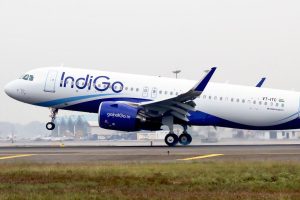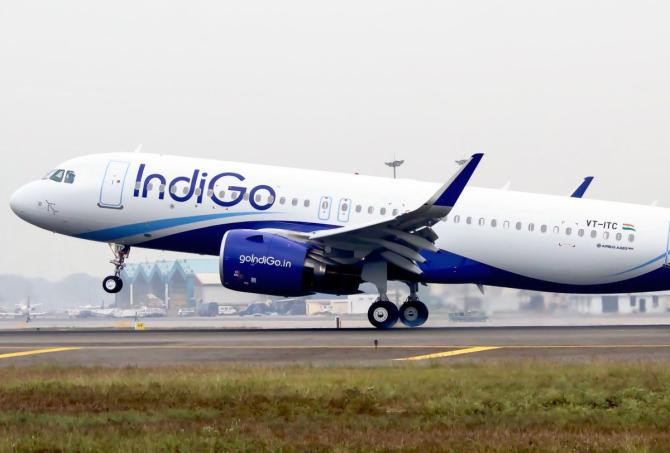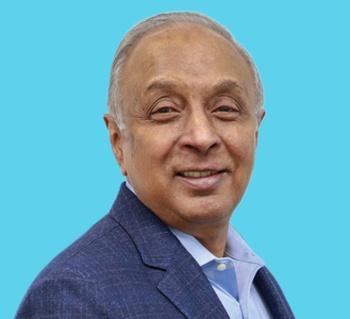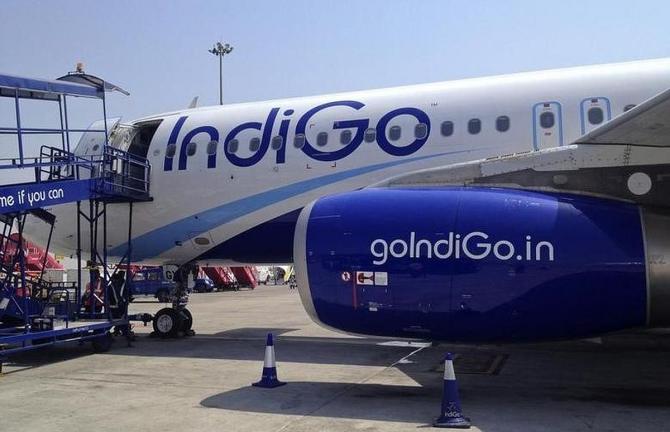‘Ranchi incident is a learning experience’

‘We should have calmed down the child. We will do an internal analysis on that.’
India’s largest airline is going through a phase of transition.
By October, there will be almost a brand new C-suite at IndiGo.
In terms of strategy, the airline is remaking itself to become a choice on long international routes. However, there are challenges aplenty.
Strong revenue performance has been masked by high fuel prices.
IndiGo’s outgoing Chief Executive Officer Ronojoy Dutta in conversation with Aneesh Phadnis and Arindam Majumder/Business Standard discusses the airline’s thinking and philosophy.
The Directorate General of Civil Aviation (DGCA) penalised the airline Rs 5 lakh for denying boarding to a child with special needs. What are your learnings from this?
We will not appeal against the DGCA order.
The DGCA has said a few things.
They told us we should have contacted the airport doctor.
That is not required under regulations, but that is fine.
We have asked our staff to consult airport doctors in such situations.
The regulator said our training needs to be sensitive.
We have an extensive training programme.
We are taking this incident as a learning experience and we will do a case study.
The issue is we should have calmed down the child. We will do an internal analysis on that.
You have consistently reported high yields over the past two quarters. Do you think the Indian customer is ready to pay more for a ticket?
The Indian economy is doing well. The number of flyers is only going to grow as it is still under-penetrated.
At IndiGo we want to get a disproportionate share of the market through our superior service. But this plan is not without its challenges.
The cost is going up and up due to an increase in fuel prices.
If we have this revenue number and fuel price is in control, I don’t see yield becoming weaker. It will probably settle at a level and crawl up.
So more airlines coming in will not result in a cut-throat fare war?
I don’t think so. There was a period probably in 2012-2013 when revenue growth was very strong. But airlines still managed to lose money, leading to some companies going belly up.
I am hoping that in this current strong revenue cycle, the industry doesn’t commit the same mistakes.
The management at Akasa and Jet Airways are seasoned veterans and I am hopeful that the maturity will sustain.
You said that capacity will increase by 50-60 per cent. Will the airline increase frequency on existing routes or launch new destinations?
The 55 per cent growth was over 2022 which was impacted by Omicron.
Compared to pre-Covid levels, our capacity growth will be around 15 percent.
On the domestic front, we have been regularly opening new stations.
International is still lagging behind in terms of revenue.
Sri Lanka is weak, Malaysia is soft, and China is closed.
In terms of international expansion, now that Delhi airport has a strong airline in IndiGo, what will it take for India to become a transit hub on the lines of Dubai?
This is a subject that we are discussing with the airports and the government is taking interest too.
You need good minimum connection time from domestic to international in the airports.
Internationally, efficient hubs have a connection time of maximum 75 minutes.
Here, there are multiple terminals which makes connection inefficient. So, we need to improve that.
The second is to get the bank structure aligned.
Internationally, the model is that super connector airlines will have 60 flights coming in within a two hour period and leaving within the same duration of time.
Here we have slots spread throughout the day. So, what kind of bank structure are we talking about?
But I can tell you that Delhi, Mumbai, Hyderabad, Bengaluru airports are all looking at it in harmony.
If we can sort out these issues, then India will make huge progress to become a hub.
What are the regions for which India can become a transit hub?
ASEAN to West Asia is the most obvious choice.
China to Africa, Asean to Europe are possibilities.
All that Dubai does, we can do. Delhi’s geographic position is fantastic.
Have you decided on the product for Airbus 321XLR aircraft?
We are looking very closely at dual-class configuration (business and economy) for the A321 XLR.
However, there is no final decision on it yet.
We will get them by the tail end of 2024.
We will be flying to Europe in a big way as soon as we get these planes.
We will go East as well to places like Manila, Seoul, etc.
How do you strike a balance between cost and revenue? Are you hopeful of making a profit this year?
During the COVID-19 waves, our costs were significantly higher.
Right now, there is a balance, but that is not enough. We need fuel price to go down.
On the revenue side, we are doing fine.
Profitability will depend on hard-to-predict fuel cost and foreign exchange.
Are you planning further liquidity enhancement measures?
We need to improve our balance sheet.
We are still in a negative net worth situation.
We have a lot of cash, but some of it is due to debt.
We are not looking at qualified institutional placement or any other liquidity measure.
Feature Presentation: Rajesh Alva/Rediff.com
Source: Read Full Article



